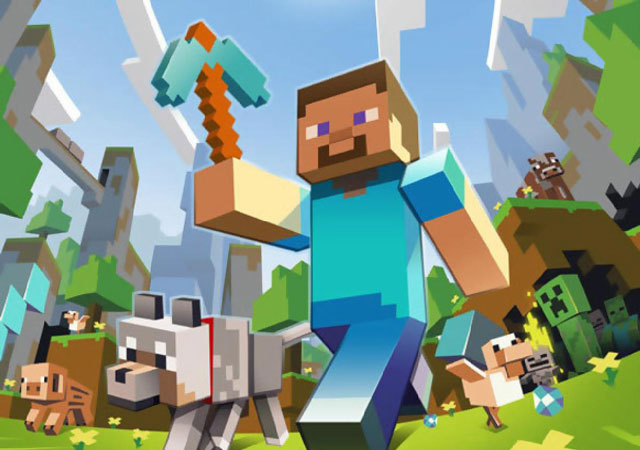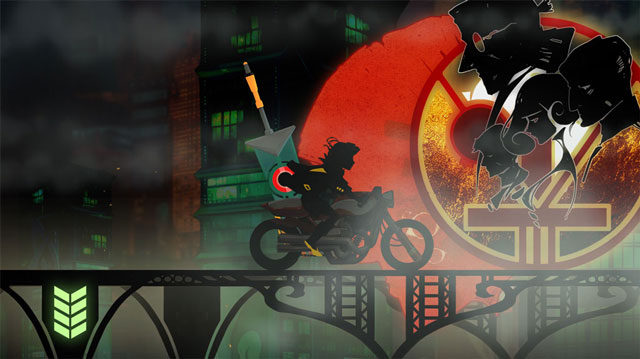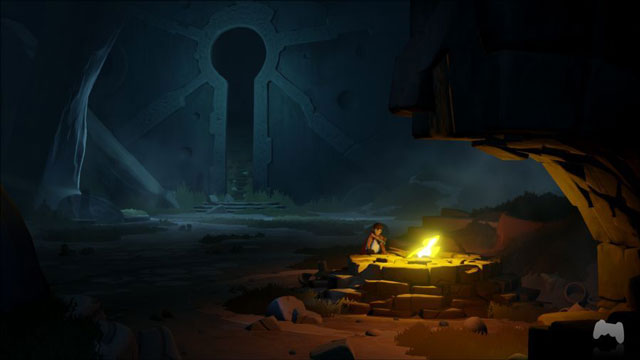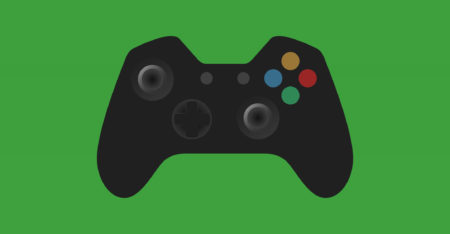
1992. Nirvana had just blasted Michael Jackson from the top of America’s Billboard album chart and the search for the next big guitar band from the indie underground was underway. For a brief, glorious time, major label A&R men were falling over themselves to sign up acts with radio-unfriendly names like The Butthole Surfers and The Jesus Lizard in the hopes of finding another Nevermind.
Two decades later, it’s Sony, Nintendo and (to a lesser extent) Microsoft courting unkempt young men with scraggly beards in the hopes of taking their scrappy underground hits to the mainstream. The bemused rock star at the centre of all of this is Swedish programmer, Markus Persson (aka Notch), the creator of the Minecraft sensation. Indie gaming is as cool today as indie music was in the 1990s.
With more than 33m copies sold across multiple platforms, Minecraft is as big as Grand Theft Auto in the audience it commands. Persson’s company, Mojang, made a pretax profit of US$91m off revenues of $237m last year—a profit margin that large games publishers and studios can only dream of as production and promotion costs for big-budget games spin out of control.
“I have more money than I can ever spend,” said Persson in a recent TV interview with American talk show host Craig Ferguson. The most remarkable part of this all is that Minecraft is a true grassroots phenomenon. It was released into the wild as a public beta a couple of years ago and grew its user base through word of mouth and viral buzz.

Lego for Millennials
With its charming, blocky graphics and the cheerful bleeps and burps of its sound effects, Minecraft looks and sounds like a relic from the eight-bit era. But it’s designed for the YouTube generation, allowing users to carve massive worlds out of its procedurally generated levels. It’s digital Lego for Millennials.
Persson’s mainstream success is an eruption of something that has been bubbling beneath the gaming industry’s surface for years. Open-source software and the Internet have made it cheap and easy for wannabe game creators to make and distribute their own games. The basement programming scene is thriving now as much as it did in the 1980s when hobbyists first discovered personal computers.
The console platform holders have watched the development of the indie gaming scene on mobile phones and PCs with growing interest over the past few years. In the last console generation, indies started to infiltrate mainstream console gaming. Sony forged partnerships with outfits like thatgamecompany, a relationship that produced the trio of PlayStation 3 hits Flow, Flower, and Journey.
Microsoft, meanwhile, backed indie successes such as Braid, Fez and Super Meat Boy. It also opened up an indie channel for the 360’s Xbox Live service, which it touted as a YouTube of games. But in the new console generation, most of the platform holders are taking support for the indies to a whole new level, treating them with almost as much deference as the large third-party publishers.
Sony is doing everything it can to get dev-kits for its new PlayStation 4 into indie studios’ hands for free or at low cost. There has been a focus on making it quick and easy for even small teams to port their mobile and PC games to the PlayStation platform. Sony has blown the doors open to self-publishing so that nearly anyone can get a game onto the console’s digital storefront rather than needing to find a publisher — and these games are appearing in the main curated store rather than in an indie ghetto.
Indie oddities
When Sony takes the PS4 to tradeshows, it showcases indie oddities such as Octodad alongside the latest Killzone game on the main floor rather than in a darkened corner. And when Sony unveiled the PS4 in February, Braid and The Witness developer Jonathan Blow shared the stage with big publishers like Activision and Capcom.
Nintendo, once infamous for its Vader-like chokehold on third-party development for its hardware, has also thrown the doors open for the indies. Valve, meanwhile, is giving indies plenty of visibility on its Steam digital sales platform for PCs, Macs and Linux through the Greenlight programme.

Curiously, Microsoft is the one that seems to be battling to bring indie gamemakers on board and articulate a clear vision for indie development on the Xbox One. Though it backtracked from an initial stance against self-publishing — one of the many unpopular policies it was forced to reverse for the Xbox One — Microsoft has fallen behind Sony in the indie goodwill stakes.
The people in charge of Sony’s software strategy certainly seem passionate about indies, both as art (prestige matters as much as it does in film distribution and book publishing) and as business. The indie developers keep games flowing in between the major blockbuster releases. Indeed, indie games have been the salvation of Sony’s struggling PlayStation Vita handheld when few big third parties have been interested in developing for the platform.
Indies also add diversity in a market where big-budget games are starting to feel as sameish as summer movies. As in the movie business, development of big blockbusters has become so expensive that publishers have become extremely risk averse.
More sequels, more mediocrity
That means more sequels and more games based on established, popular tropes. As Sony Worldwide Studios boss Shuhei Yoshida put it, this is a market for big budget games — the Uncharteds, the Gran Turismos, the Halos and the Call of Dutys — and for smaller, pluckier games that can be put together for lower budgets.
The mid-sized teams that once made niche oddities — Japanese role-playing games, bullet-hell shoot-em-ups, and survival horror titles — can no longer be profitable in an era of high-end cinematics and detailed textures. “It’s been a bloodbath of medium-sized games for the last two years… The market is extremely hard for smaller, mid-sized games these days,” says Yoshida in an interview with Gamasutra.
As triple-A games become more homogenised, it is towards the indies we must look for innovation, experimentation and freshness. Thinking back on my year in gaming in 2013, my most memorable experiences have been with smaller titles such as Brothers: A Tale of Two Sons, The Stanley Parable, Spelunky and Papers, Please. I may not have loved all of those games, but at least they don’t feel like they’re just going through the motions, or like they’re made for a focus group.
Sure, there is much to enjoy in slick triple-A productions like Grand Theft Auto V and Tomb Raider, but they lack the element of surprise. Often, they’re bloated in inane cinematics but lean in gameplay, making them feel somewhere between bad movies and mediocre games. With no budget for motion-capture and Hollywood actors, indies need to be more inventive in their approach.
At their worst, indie games can be as smug and precious as American indie movies and hipster folktronica. They’re faddish, too — a couple of years ago, it was retro platformers and twin stick shooters, now it’s all roguelikes and first-person exploration. But they’re made with a burning sincerity that makes them feel more personal and engrossing.

So where do the indies go from here? Certainly, many of them are going to do well from getting a higher profile in the console world. Console gamers are more engaged and more willing to spend money than casual gamers on iOS and Android, where break-out successes like Cut the Rope and Angry Birds are exceptions rather than rules.
And the lucky few to snag publishing deals with Sony or Microsoft could be boosted into the big league thanks to the technical and marketing backing they receive from the platform holders. Dear Esther developer The Chinese Room, for example, could be the next thatgamecompany if its PS4 exclusive Everybody’s Gone to the Rapture is a hit.
Yet the road ahead isn’t completely smooth. Microsoft’s dalliances with the mercurial, touchy developers of Fez, Braid and Super Meat Boy ended in acrimony, as detailed in Indie Game: The Movie. It seems indie game devs and big gaming sometimes get along as well as indie musicians and major record labels — in other words, not at all.
And the grunge era and 1990s, indie films hold cautionary tales for today’s indie games makers. By 1996, the pioneering spirits of Nirvana and Soundgarden had given way to the likes of Creed and Nickelback, who co-opted the aesthetic without its intelligence or integrity. Guitar music ended in a wash of mediocrity.
Even making a small game is risky these days, which makes it tempting to try to replicate Minecraft’s look and feel rather than the DIY spirit and sense of adventure that went into its creation. Here’s hoping that indie in the gaming world remains an attitude and a way of making games, rather than simply becoming an aesthetic and demographic. — (c) 2013 NewsCentral Media
Update: Microsoft has announced a raft of indie developers making games for the Xbox One and some substantial changes to its policies for indie games makers. This news positions it in tighter competition with Sony in the race for indie hearts and minds, and adds some much needed diversity to the Xbox One’s upcoming list of games. Read more.
Read more:
Watch:
- Craig Ferguson interviews Notch
- Trailer for Charlie Brooker’s TV documentary How Video Games Changed The World




